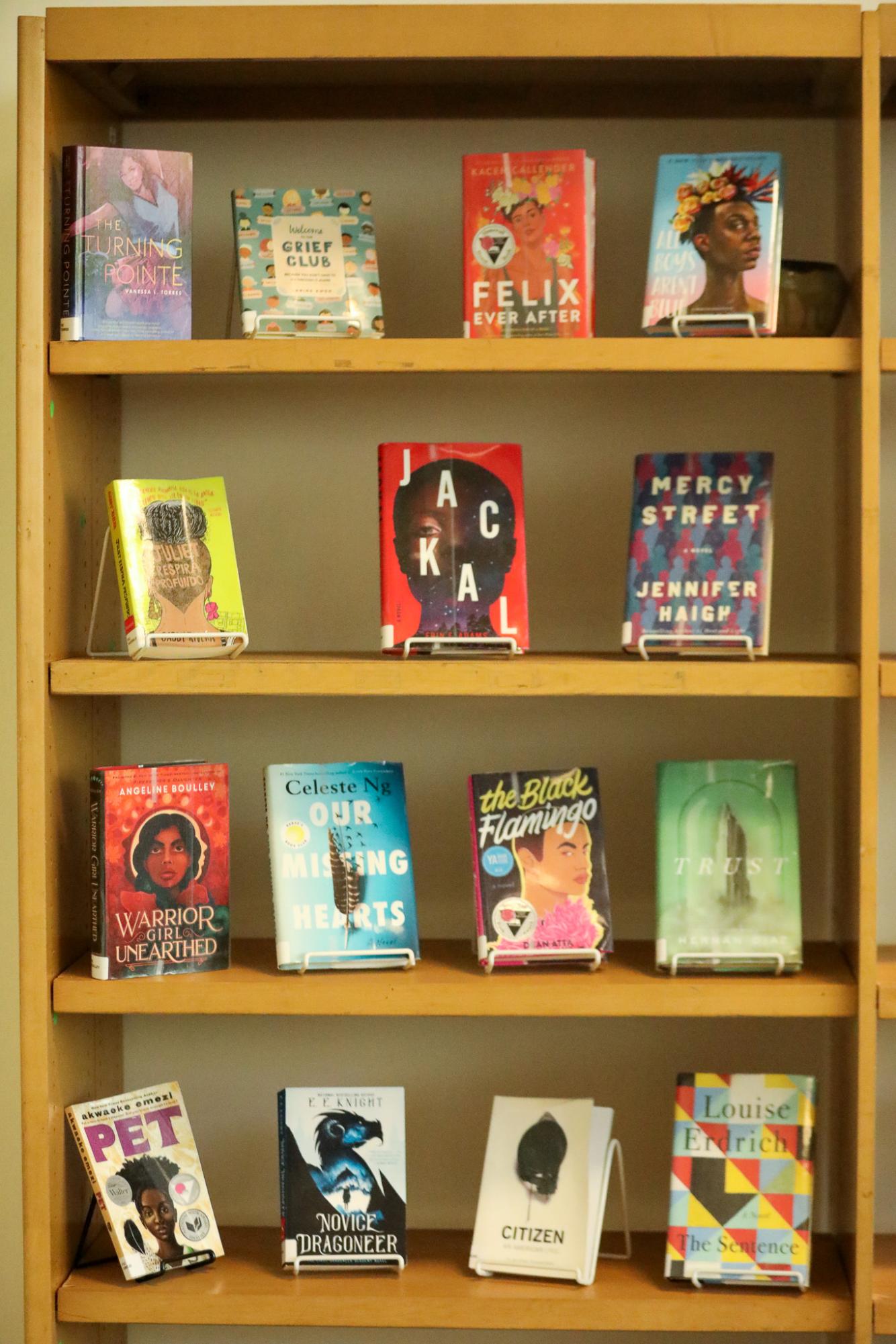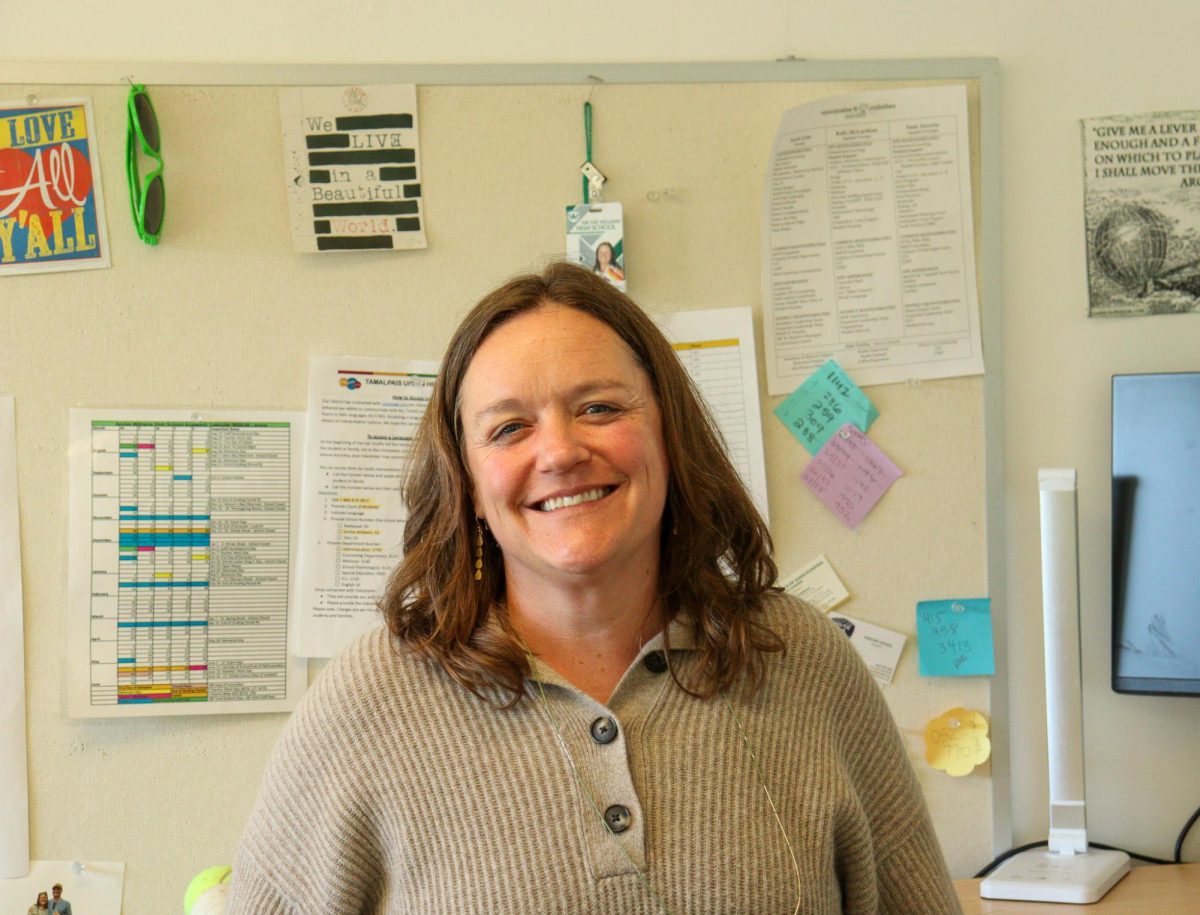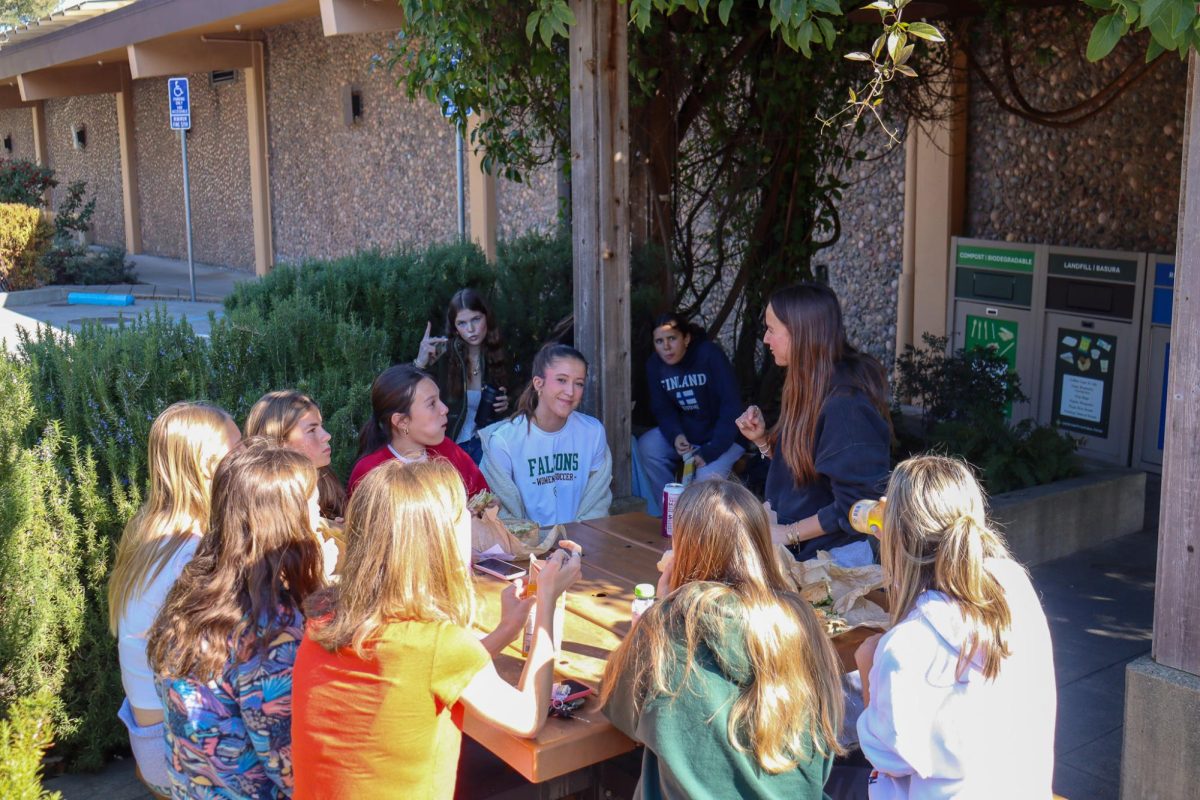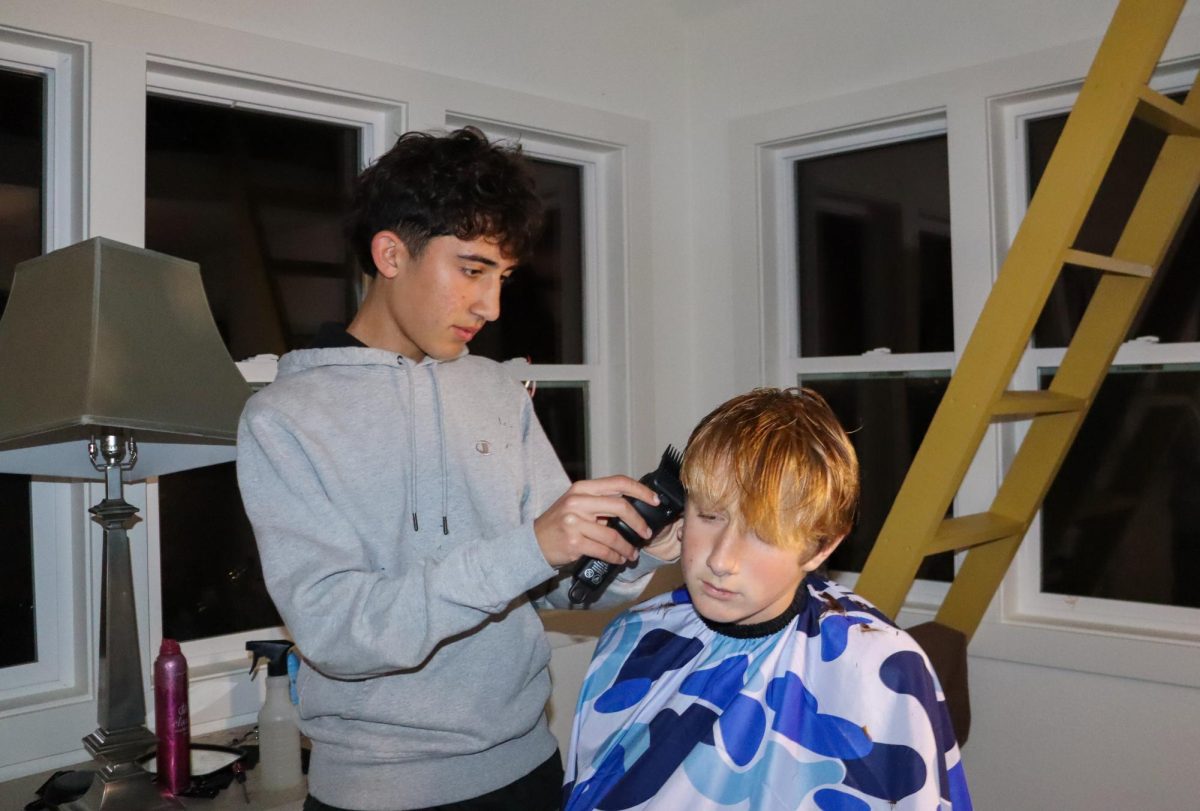Book censorship has sparked controversy in the U.S. for decades, as readers and educators debate whether or not certain books should be banned from school curriculums and public libraries. According to the American Library Association (ALA), 4,240 books were targeted for censorship in 2023. Amidst this controversy, Banned Books Week, an annual awareness campaign, has become nationally recognized and promoted by the ALA and Amnesty International.
Banned Books Week is an organization that raises awareness about banned books using online platforms, including their website, Instagram, and X. This year, Banned Books Week falls on the week of Sept. 22-28, and is themed “Freed Between the Lines.” It’s a time to acknowledge banned and challenged titles and celebrate the freedom to read.
In California, all books are declared legal, per Assembly Bill (AB) 1078, signed into law Sept. 25, 2023. This bill effectively prohibits book banning and textbook censorship in schools on the basis that “…efforts to categorically exclude topics related to race, ethnicity, gender, sexual orientation, or other protected characteristics… from school library collections, curricula, or classroom discussions constitute censorship that violates California law and policy.”
Despite its illegalization in a few states, book banning still remains a prevalent nationwide debate. Tamalpais Union High School District (TUHSD) board member and former English teacher Cynthia Roenisch has seen parents and community members challenging books for several reasons.
“The [books] I see [being banned] are ones that parents think introduce topics that they’re not comfortable with their children learning about, whether that’s material that talks about human relations, maybe sexual relations, [or] talks about gender identity, sexual identity, and various things like that,” Roenisch said.
These complex themes often appear in banned or challenged books. According to the ALA, 47 percent of challenged books tell the stories of marginalized groups, including LGBTQ+ and BIPOC individuals. Roenisch believes that restricting access to books featuring underrepresented populations inevitably stunts the growth of young readers still in the process of forming their worldviews.
“[Books] let children experience points of view about the world that may be different from their own experience, and may increase their understanding and their empathy about the world and what needs to be changed. Banning books absolutely constricts students’ ability to critically think about the world that they’re in,” Roenisch said.
Banning books about marginalized groups typically hurts the groups themselves. Oftentimes, underrepresented communities feel that their voices aren’t heard or are insignificant.
Rudine Sims Bishop is Professor Emerita of Education at The Ohio State University. Bishop thinks that children see books as a representation of their societal status.
“When children cannot find themselves reflected in the books they read… they learn a powerful lesson about how they are devalued in the society of which they are a part,” Bishop wrote in her article “Mirrors, Windows, and Sliding Glass Doors.”
In order for children of all races and ethnicities to feel represented in literature, Fairfax Library Librarian Margaret Miles finds it vital for the library to offer books that amplify marginalized perspectives.
“I think people who feel marginalized in our communities need to feel like there’s a place where they are welcome… and so having those books [about marginalized communities] displayed… for anyone who’s feeling marginalized, they see themselves there. They can see a reflection of what they believe, or how they feel, who they are,” Miles said.
Parents are well within their rights to limit what their own children are allowed to read. Miles believes that the problem lies in extending those restrictions to the entire community, with one individual’s opinions determining everyone’s exposure to censored topics.
“A parent can certainly make a decision for their children that they don’t want their child reading something… but we don’t want [parents] making that decision for the whole community,” Miles said.

Although Marin County has a reputation for being socially progressive, attempts to ban books have historically occurred in TUHSD. In 1954, the Marin County Grand Jury investigated 25 books considered for “obscenity” and “communist passages” at Tamalpais High School and the former Sir Francis Drake High School, according to the San Francisco Chronicle.
Larkspur resident Anne Smart challenged the books, and also attempted to ban discussion of the United Nations Educational, Scientific, and Cultural Organization (UNESCO) in Marin County Public Schools in 1953. UNESCO is a specialized agency of the United Nations focused on education, science, and culture.
The challenged books include American Argument by Pearl Buck and Eslanda Robeson, The Walls Came Tumbling Down by Mary Ovington, and Without Magnolias by Bucklin Moon. In a 1954 interview with The San Francisco Chronicle, Smart expressed her belief that not all books should be available to children.
“Quite frankly, there are some books that are better burned. In public libraries, it’s quite another matter, but in school libraries, there is a responsibility not to give students the gutter side of life,” Smart said.
According to the Anne T. Kent California room, several TUHSD students disagreed with the book censorship, including Marsha (last name unknown), a Tamalpais High School student in 1954.
“I believe all of us students should read everything to form our own opinions in our own minds. When it comes to banning books — that’s when America has to worry. That’s the dangerous thing when we no longer have the freedom we once enjoyed,” Marsha said at a school board meeting.
Despite backlash from students and educators, the Marin Grand Jury released its report choosing that the books in question should be taken off the shelves.
Since the 1950s, the world of book banning has changed drastically. With the support of AB 1078, libraries can now protect the right to read any book available.
Some libraries have put additional measures in place in order to preserve the freedom to read, such as Fairfax Library’s shared book collection. Available to teens, the collection includes books that cover sensitive topics, such as race, gender, and sexuality. Taking a book from the teen-shared book collection does not require a library card, eliminating the need for parent approval.
The book ban debate isn’t over, though. The ALA found that nationally, the number of challenged books increased by 65 percent from 2022 to 2023. Miles hopes the community will rally behind local libraries to curb the increasing number of censored books.
“Funding boards or governing boards of libraries need to know that [book ban attempts] happen, and need to… support their library staff in defending the materials that are in their libraries,” Miles said.
Banned Books Week serves as a reminder to students, educators, and book lovers of all ages that the freedom to read is not always guaranteed. While differing and conflicting opinions about book censorship leave the future in mystery, books, both banned and unbanned, spark critical conversations.











Ava Smith • Oct 10, 2024 at 11:33 AM
Great, very well done. Nice job Hava and Sierra! I really enjoyed the read.